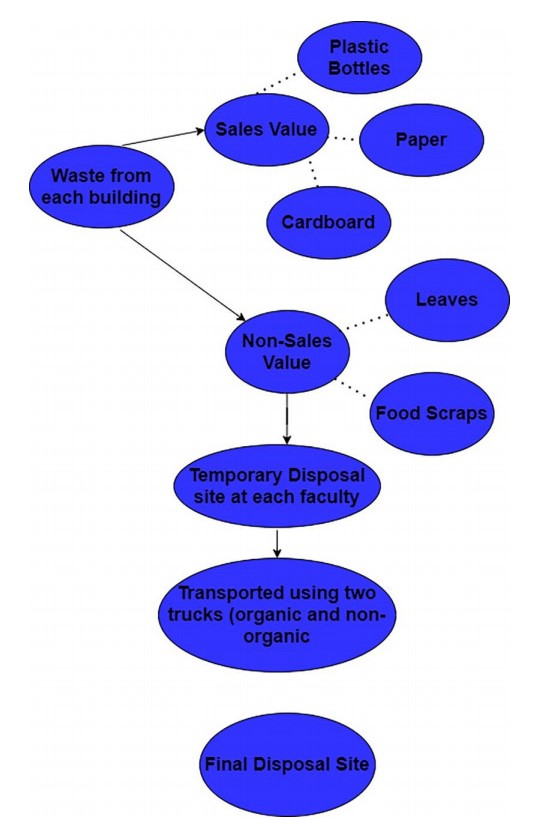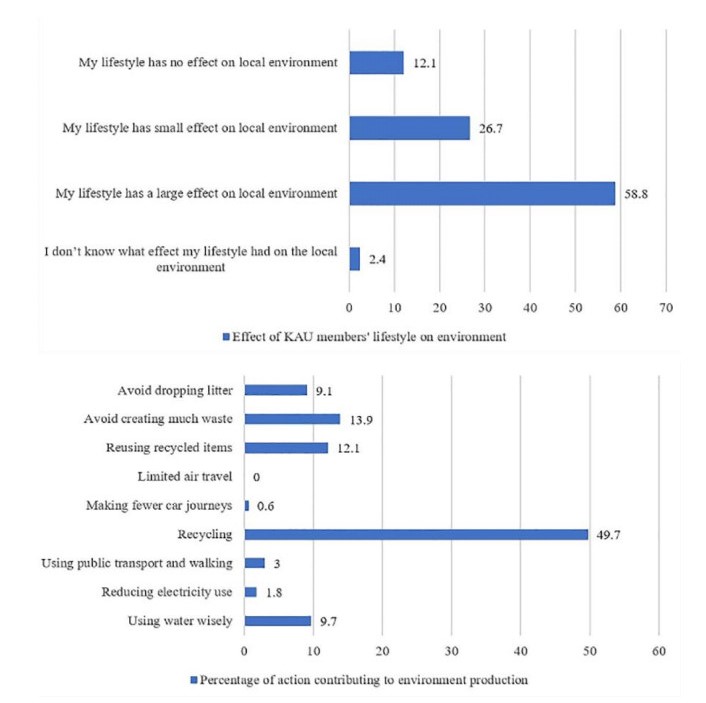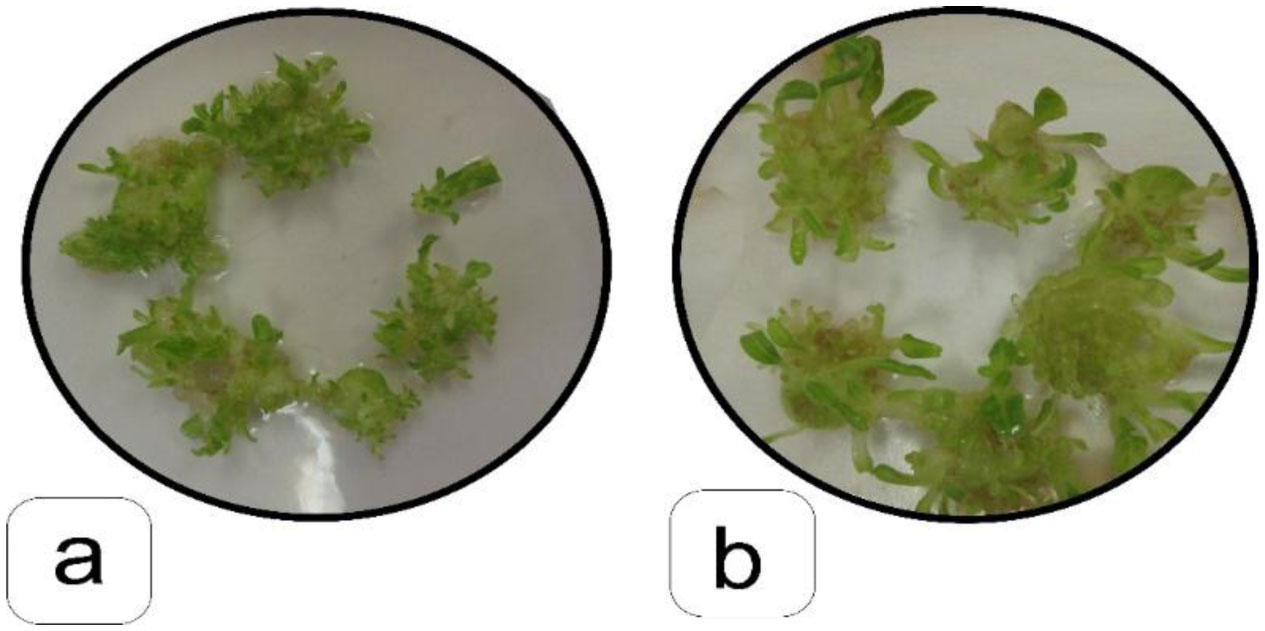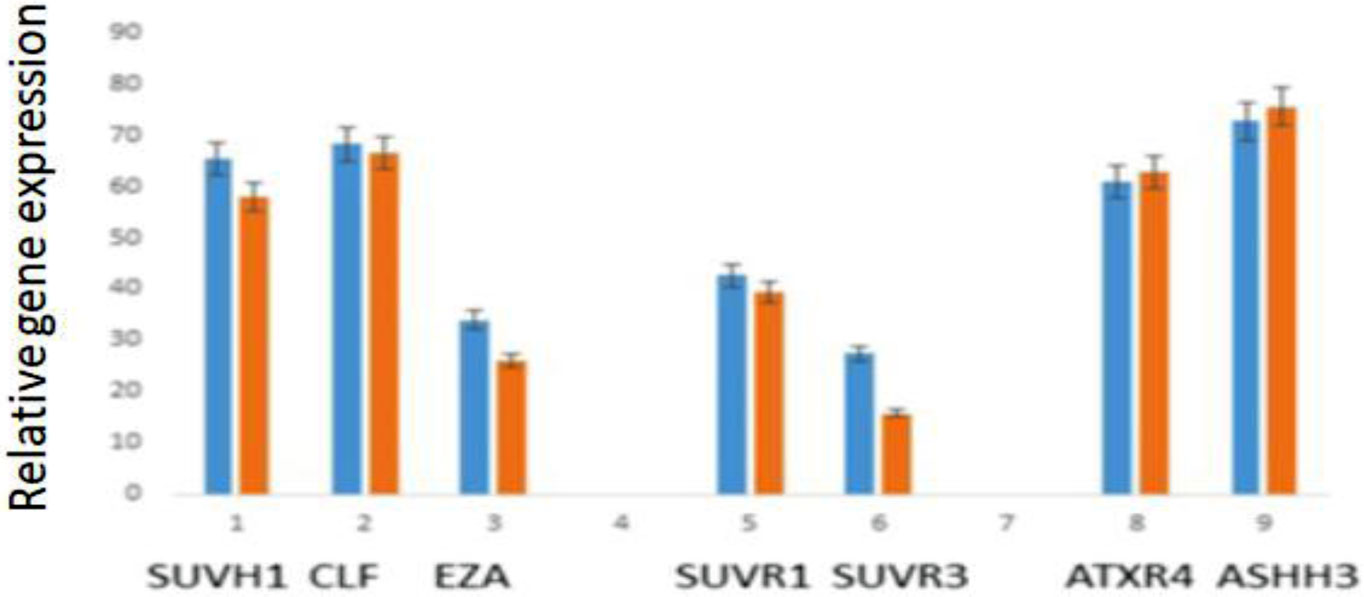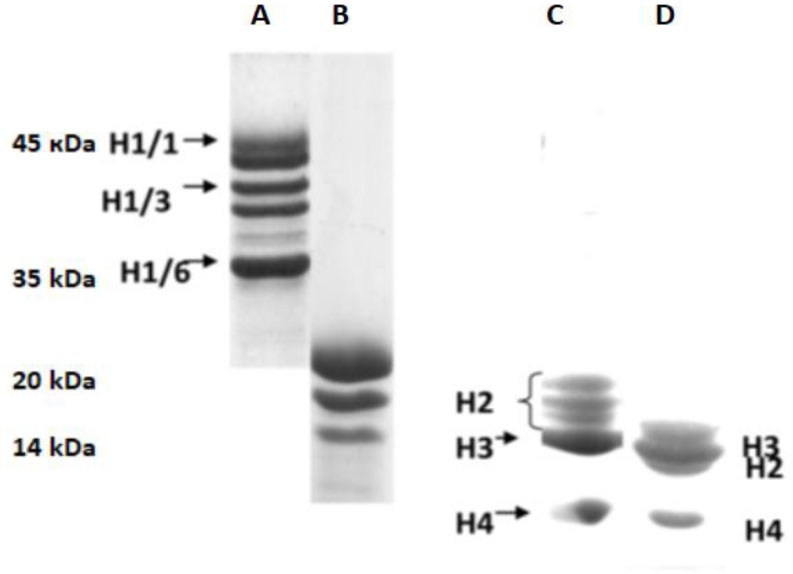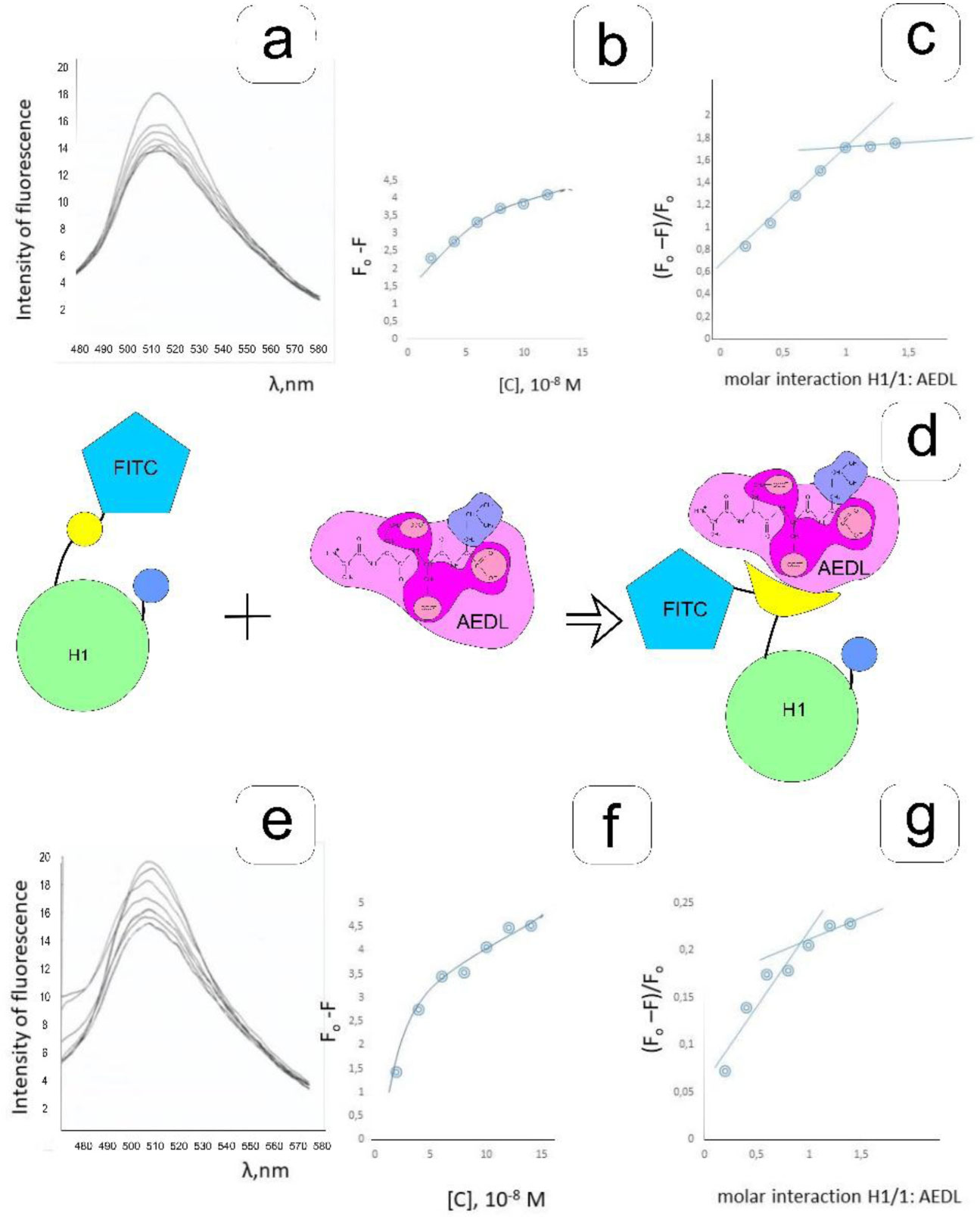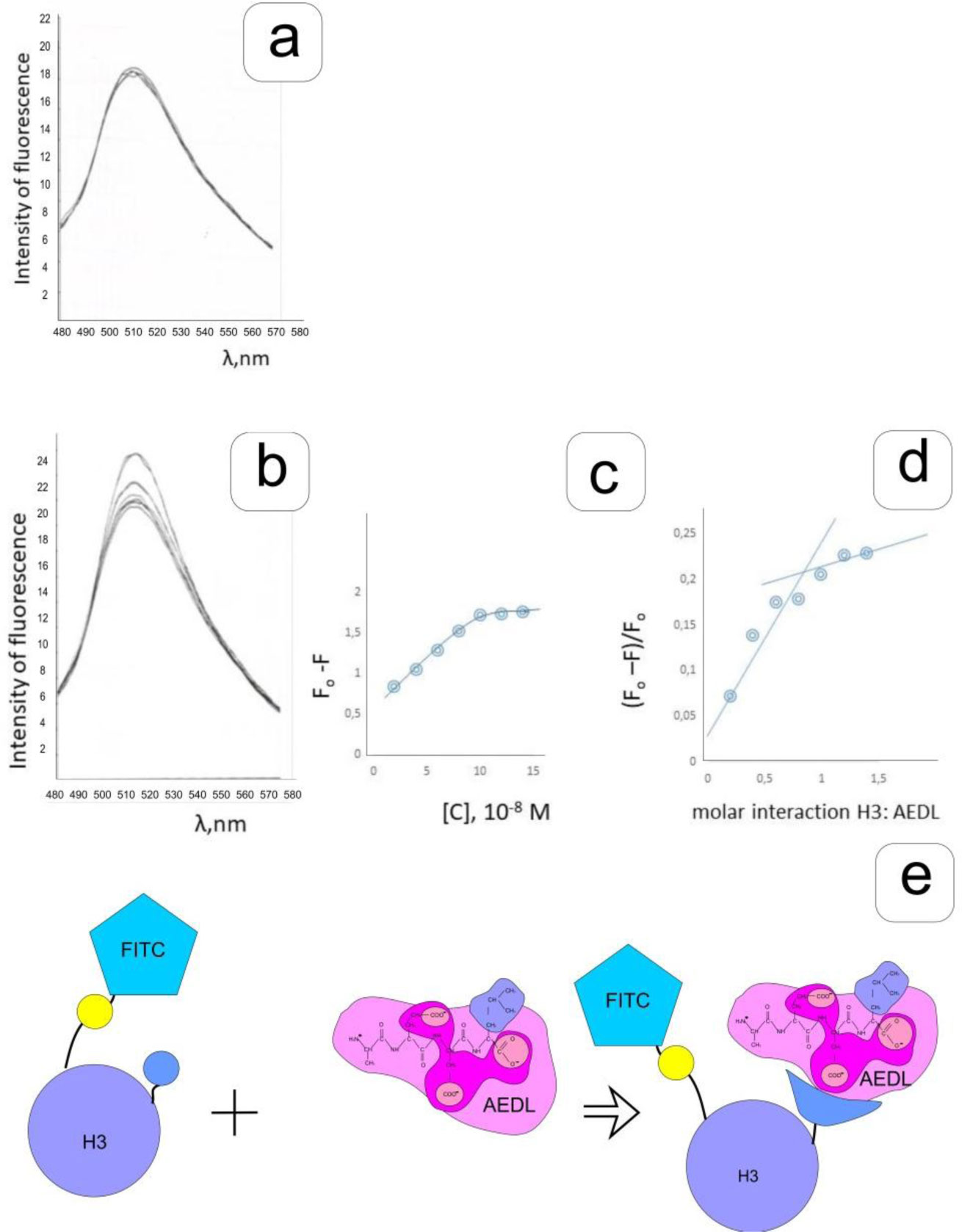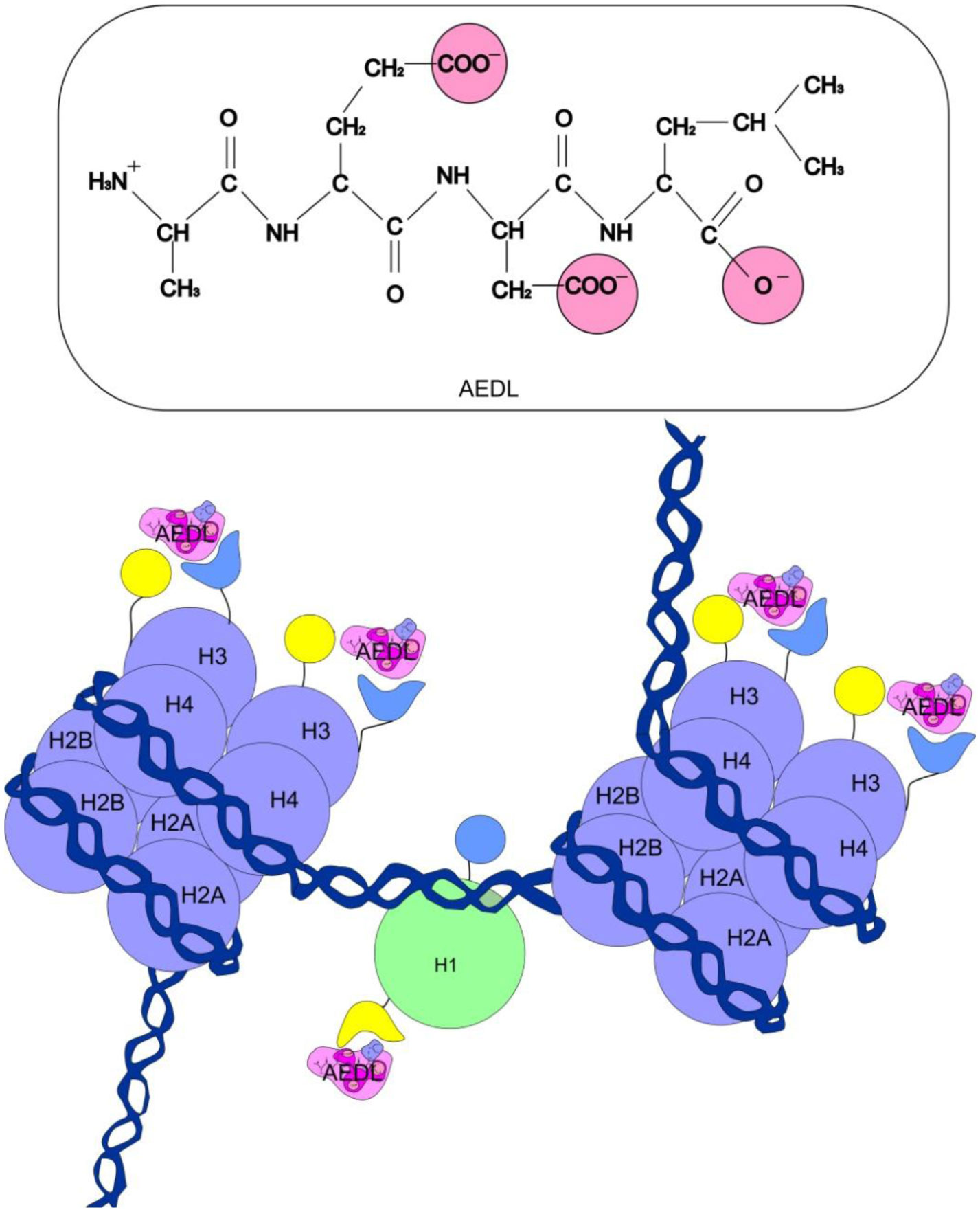1.
Introduction
Solid waste management (SWM) remains a huge challenge for governments and local authorities. It is particularly significant for the developing countries where weak and poorly developed management systems cause numerous social, environmental, and health problems [1,2]. Various studies endorse the adverse impact of SWM, stating the generation of 1.3 billion tons of solid waste, with the expected probability of being doubled until 2025. Sadef et al.[3] highlights that SWM is likely to increase the cost from $205.6 billion, at present, to $375.5 billion in 2025. Hoornweg and Bhada [4] also indicate that SWM is a significant budgetary item in developing countries, posing a detrimental impact on health, the environment, and the economy. The integration of sustainability is a growing concern among the international community, which promotes SDG (sustainable development goals) as a part of the United Nations 2030 Agenda [5].
Recent research highlights the key role of HEI in improving sustainability awareness and promoting changes within the community by postulating cooperative and educational projects that foster infrastructural improvement [6]. Saudi Arabia is trying to secure a sustainable future in all aspects by 2030 by starting to have reliable, efficient, safe and sustainable energy. Saudi Arabia is the world's largest consumer of primary energy, 266.5 million tons of oil equivalent because of population, urbanization and an upsurge in the living standards. It is expected that the Kingdom's population will reach 3 million by the end of 2019, and by 2030, it will go up to 45 million, which means that the annual growth rate will be 3.4%. With such a significant increase in population, industries and economy, it will be contributing enormously towards waste generation. Actions like muddled-landfilling, unselective dumping of waste, and mass burning may lead to unacceptable health and environmental hazards [7].
Concerning the case of the Kingdom of Saudi Arabia (KSA), rapid economic, cultural, and industrial development and population growth in the last two decades have led to a significant increase in the generation rates of solid waste (SW), including municipal, industrial, and agricultural wastes. SW generation increased from 12.1 to 15.2 million tons between 2007 and 2012, produced from 169 towns and villages in KSA. Approximately 40% of the total SW produced arises from the three largest cities: Riyadh, Jeddah, and Dammam. The per capita waste generation rose from 1.4 to 1.75 kg per person per day between 2007 and 2012 [8]. Various initiatives are implemented for dealing with the SW of the country [9]. It includes the instigation of KSA's new policy of Vision 2030, which suggests the diversion of the SWM into material recovery facilities, with the addition of renewable energy, recycling, and value addition.
Aleixo et al. [10] also highlight the declarations for sustainable development. It particularly sheds light on the UN Decade of Education for Sustainable Development (DESD) of 2005, UN Sustainable Development Goals 2015–2030, and UNEP Greening Universities Toolkit [10]. These declarations highlight the substantial role of HEI in ensuring effective practices. HEIs are pressurized to integrate sustainable practices to mitigate the increasing issue of SWM. Also, sustainable food management is an important area of research that has seen rapid growth in recent years. Several significant types of research have aimed to find sustainable solutions for food waste management, but they have only focused on sustainability of the environment, social or economic ramifications [11,12]. Lozano et al.[13] highlights that HEI commitment has been low for SWM practices. Various other studies have also shown that HEIs are confused concerning their sustainability roles, particularly organizational cultural change [14,15].
The study findings would significantly contribute towards the efforts made by the government to eliminate health and environmental hazards, overall economic growth of the country, and conservation of resources. Effective waste management is likely to enable the conservation of natural resources facilitating the reduction of energy requirements. Therefore, this study would make a valuable contribution to the policymakers dealing with managing environmental impacts. Effective waste management strategies have proved beneficial for protecting the environment, depending on people's commitment. Therefore, the study provides insight for addressing the problem of waste management in Saudi Arabia by providing supportive information to the government's regulatory authorities. The overall aim of this study was to develop a sustainable waste management strategy for an HEI (King Abdul-Aziz University) in a country that is in the process of developing a sustainable waste management system for its municipalities. The specific objectives are as below;
● Identify and quantify support for the development of sustainable practices for HEIs.
● Identify and evaluate the potential key benefits and barriers to applying a KAU sustainable solid waste management system.
● Develop a sustainable waste management strategy at KAU.
The study also provides recommendations and model application that can aid KAU in sustainably managing their waste, and other Saudi Universities may also benefit from the application model of this study.
2.
Material and methods
2.1. Study design
An exploratory cross-sectional study design is used following a quantitative approach. The design used helps to collect valuable insights concerning the problems addressed. Also, this research design and approach have been adopted due to the nature of the study. The research was conducted in 2014 to identify and quantify support for the development of sustainable practices at KAU.
2.2. Study population
The study population comprised Saudi adults (academic and non-academic staff) recruited through a random sampling technique. The inclusion criteria require the students to be aged above 18 years. One hundred and sixty-five useable questionnaires were completed, with a female/male respondent ratio of 58:42. The majority of respondents were from academic staff (61%). Twenty usable questionnaires were returned, with a response rate of 95%. Only one respondent did not have a degree, with 53% holding a Bachelor's degree (in a variety of disciplines), 21% holding a Masters degree, and 21% were Ph.Ds.
Along with being highly qualified, 79% had > 10 years of work experience. Overall, 89% of staff claimed to be extremely bothered about the current state of the environment in Jeddah. The two distinct groups who were surveyed included;
● Senior Officials/Managers in the Facilities Management Department (FMD) and KAU Research Endowment Fund. Such staff has authority in the decision-making process relating to KAU's WMS.
● Academic and non-academic staff.
2.3. Data collection tool
The survey was designed to explore academic and non-academic staffs' knowledge, attitudes, and behavior concerning waste management. Two questionnaires were prepared with questions regarding waste management in Saudi Arabia. The senior officials/managers' survey consisted of eight sections. The first section included questions to identify knowledge about sustainability and initiatives, the presence of sustainability within the university's overall strategy, and the importance of selected environmental issues. The second section included questions that investigated potential problems with the existing WMS and the potential impacts of improving the system. Questions in the third section evaluated sustainable waste management aspects, including; written plan, types of waste and quantities generated, external and internal factors, priorities and participation of staff, and the local authority during the formulation of waste management strategy for KAU. The fourth section considered the structure, qualifications, and knowledge of the WM concepts for staff at FMD, and the subsequent section addressed WM processes, responsibility for carrying out WM processes, the major components of waste generated, prioritization of waste management options, and views on selected green practices. The sixth section explored the potential for developing key performance indicators (KPIs) (Environmental, Economic, Social, and Institutional indicators) to gauge performance for waste management. The seventh section looked at compatibility between the national strategy for WM and the university plan. The eighth section explored barriers that may prevent the university from implementing sustainable waste management programs. The survey also included classification questions.
2.4. Structured questionnaire
A structured close-ended question approach was used to construct 32 questions. The first section explored general environmental problems, while the second section focused more on investigating SWM views and their impact on Jeddah. The third section explored willingness to participate in waste reduction initiatives, office purchasing, operational behaviours and motivation. The fourth section investigated participation in recycling at KAU, while the fifth section considered strategies to increase campus recycling of wastes and any potential barriers. The sixth section examined environmental awareness before a final section containing classification questions (Figure 1).
3.
Results
3.1. Description of waste management at the university
Concerning the waste management technique, a significant amount of waste was collected daily from each building and located temporarily at the landfill in each faculty. It was then taken by the garbage truck to the final disposal destination in Saudi Arabia. Also, janitors and scavengers take the garbage that had a selling value. It includes waste such as plastic, glass bottles, paper, cardboard, and other types of garbage present in the landfill.
3.2. Waste audit
The composition of waste contains a high percentage of recycled material, more than 40% (paper, carton, glass, and plastic), 20% represents organic waste, and the rest of the waste composition represents about 35%.
3.3. Senior management survey
As per the findings, 20% of the respondents reported that sustainability is already a permanent and core strategic consideration at KAU. Between 50–65% of respondents indicated that the reduction of toxic materials and sustainability assessments, construction and renovation of buildings based on green design, energy and water conservation practices were extremely important. The lowest-ranked answer was recycling of waste, with 42% regarding it as extremely important. The most important potentially adverse impacts of waste management at KAU were reported as; health risk, disease outbreaks, pollution of water bodies, flooding due to waste blocking drains, environmental damage, and the presence of rats, with 60–75% regarding these issues as extremely important. The majority of the respondents (55%) agreed that the success of WM at KAU depends on the capacity building of qualified staff in the Facilities Management Department. When asked about the importance of specific types of personnel, the respondents indicated a requirement for expertise in WM (89%), supervision (60%), and engineering and public health (>50%). Although most staff currently employed within facilities management at KAU were not enrolled in any training/courses/academic qualifications related to WM. Moreover, 70–85% of the senior managers reported that staff training in environmental management, waste legislation, integrated waste management, sustainable resource management principles, hazardous waste management, and recycling operations would be extremely useful.
3.4. Staff survey
The views of KAU staff about potential influences on environmental pollution in Jeddah are summarised in Table 1, with water and air pollution sources most prominent. Table 1 has also summarised the views of KAU staff on selected environmental issues, with strong agreement that there are many environmental problems in Jeddah and that specialists are needed for cleaning up.
Overall, 53% of the KAU staff were aware of adverse impacts of waste management, with 82% and 88% stating that household waste is an environmental problem and is a health hazard in Jeddah, respectively. Very high levels of concern about the potential adverse impacts of waste management in Jeddah have been reported (Table 1). Over 90% of the respondents reported that the responsibility for waste management in Jeddah was shared between three parties (government, private sector, and citizen). Almost 60% of KAU staff felt that their lifestyle had a large effect on the local environment (Figure 3). Actions taken by KAU staff to protect the environment have been illustrated in Figure 3, with recycling the only action showing significant support. Table 1 shows the views of KAU staff on responsibility for waste management at the community level.
Moreover, the staff reports a strong personal responsibility for waste management. The views of the staff contrasted sharply with a lack of self-reported actions. Further, when asked about which options would be useful to protect the local environment from pollution, 95%, 85%, and 82% of staff reported that recycling, composting and waste reduction, respectively, are extremely useful options, with landfill (32%) and incineration (34%) as less popular ones.
When pressed further on personal attitudes to participate in waste management activities, 82% of the respondents stated that they play an important role in managing waste within the community and university, with 45% reporting that their role is "extremely important." Table 2 shows the views of KAU staff regarding the main motivations for waste minimization and recycling, with the conservation of the environment protection for the next generation that is considered most important. The survey also asked about purchasing behaviour and factors that impact purchasing.
The results, summarized in Table 2, indicated that staff is making a solid effort to reduce and recycle waste. The majority of staff agreed that information about the systems and infrastructure limits optimizing the benefits of recycling. Few respondents did not care about recycling. There appears to be a widespread willingness to become more involved in recycling if information and infrastructure are improved at KAU. The survey asked about strategies that might motivate increased participation in waste reduction and recycling waste initiatives at a university. The findings overwhelmingly indicated that proactive, university-led strategies were needed. Between 85% to 97% of the respondents stated that incentives, participation initiatives, accurate and specific information about waste reduction and recycling, law enforcement, convenient collection points/stations, action by KAU's leadership, and media campaigns (TV, Internet) would motivate increased participation.
The survey also asked questions relating to identifying suitable and popular mechanisms and communication channels for information provision about waste management. The majority of respondents (88%) reported having more information, with 94% considering that KAU should launch awareness campaigns to motivate individuals to reduce waste and participate in recycling activities. Concerning the type of information required, 81–93% reported receiving more information about the basics of recycling (knowing what to recycle, how to recycle and where to recycle), the impact of rubbish, benefits in terms of health, cost and risk minimization, and rewards for participation. Perhaps unsurprisingly, respondents voted Information Technology channels (YouTube, Facebook, Twitter, university websites, emails, news on student e-blackboard etc.) as the most effective communication channels for encouraging future participation in recycling at university (50%), with education activities (open lectures, seminars, workshops) the second most popular medium (13%) (Table 3).
For improving the sustainable management of the resources, Table 4 presents an outline, which can help improve the integration of the best practices at KAU.
4.
Discussion
This exploratory cross-sectional study followed a quantitative approach to develop a sustainable waste management strategy for an HEI (King Abdul-Aziz University KAU) in a country that is developing a sustainable waste management system for its municipalities. The study surveyed two distinct groups, senior officials/managers in FMD and KAU research endowment fund and academic and non-academic staff. The study's findings have been categorized into sections such as; the description of waste management at the university, waste audit, senior management survey response and staff survey responses. Senior managers' responses showed a keen interest in improving the waste management systems at KAU. A slight difference between the responses was found. In addition, 73–84% of the respondents strongly agreed that a new vision, safe and healthy environment for staff and students, social responsibility initiatives, adequate financial and human resources, environmental issues and protection, and maintenance of all buildings and facilities are necessary.
The university staff carries the bulk of administrative work (recruitment, training, etc.) relating to WM. At the same time, the operational activities (internal cleaning, removal of the garden bulk waste, street sweeping and maintenance of buildings) are carried out by external contractors. Most waste types at KAU (paper, plastic, metal and animal wastes) are collected throughout the week on a daily basis. Senior managers prioritized recycling, reuse, and reduction as preferred WM options over compost production from waste, burning and landfill.
Actions that could significantly improve WM at KAU were reported as finding the best contractor, use of green procurement policy, consumption control requirements, centralized purchasing and disbursement of office supplies, sale of recycled materials to the private sector, the use of experts to develop a WM system, and awareness-raising amongst students. In terms of developing KPIs to gauge performance for WM, environmental KPIs were ranked higher than economic and social KPIs, with institutional KPIs ranked the lowest. Greenhouse gas emissions, air and water quality, and resource conservation were regarded by all respondents as extremely important environmental indicators, with costs being the most important economic indicator. Highly important key factors for formulating a WMS at KAU were reported as health and safety, quality of service, environmental awareness, and obstacles that may prevent stakeholders from fulfilling their WM responsibilities. There was a strong feeling that KAU should rely on the national plan for WM when formulating the WM strategy for the university, with 85% of the respondents also stating that it was extremely important to interact with governmental and non-governmental organizations.
The main barriers to implementing a sustainable WM program at KAU were the lack of environmental awareness and concern amongst the university society, public attitudes, lack of staff training, lack of knowledge about WM, lack of campus coordination, financial resources, and lack of staff training support from the university administration. KAU staff's views on motivation for waste minimization, recycling, and behaviours are contradictory, while KAU staff generally report being very pro-environmental in their purchasing behaviour. There is also a strong feeling that there is "no evidence of a commitment to waste reduction." It is "too expensive to buy environmentally friendly products, " and advertising/marketing exerts a strong influence on purchasing.
KAU staff were also asked about waste minimization and reduction behaviours and general participation in recycling activities in the workplace. KAU discards over 15 million tons of waste annually from all buildings and sites [16]. A recent study conducted by Ouda et al. [16] revealed that 13.6% of construction and demolition waste is recycled and reused each year. On the other hand, 86.4% of construction and demolition waste is transferred to landfills. A pollution control plan for the projects is provided by only 39.5% of the companies.
These recycled wastes were a great source of potential recyclable construction materials, including; metals, sand, and debris. Voluntary decisions result due to commitments to sustainability by HEIs through pledges and signing of declarations, pressure mounted by regulatory agencies, funding organizations, student activism, NGOs, and parents [14] The efforts are highly centralized without the involvement of students and other stakeholders, which render the initiatives that are insufficient to contribute to the transition to a sustainable society [17]. The training and involvement of university students in developing countries have been largely neglected, leading to criticism by some scholars for producing graduates who are ill-equipped to tackle serious sustainability problems [18]. The study depicted that approximately 50% of the respondents possess knowledge concerning the importance of sustainability at KAU, but it is inconsistent with their sustainability target. Results also showed that waste reduction and recycling practices at the university were relatively low (45%).
This study revealed concerns about rats and health risks which is higher than environmental concerns. Analysis showed that the reputation of the university goal is more important than legal or environmental factors. The high priority objectives considered during the formulation of WM strategy include reducing waste quantity production and deliverance to the landfill and the educational, awareness, and participation between the staff and students across the university [19]. From the results, it has become clear that 50% of the respondents strongly agreed that the success of WM at KAU depends on capacity building qualified staff in the FMD.
It supports their answer to the importance of having an expert in WM in the organizational structure of FMD. Most respondents did not attend any training courses or qualifications related to WM, despite the respondents' perception towards the benefits of training courses covering topics of WM due to lack of trained staff in WM. It was apparent that outsourcing specialized contractors to be responsible for technical WM activities is evidenced by the absence of capacity building programs for the FMD staff [20].
It has also been apparent that reduction, reuse, and recycling are preferred WM options at KAU; although, waste segregation and recycling practices are still at their infancy stage [21]. The use of experts' actions causes a significant improvement in the WM system to develop a system of waste management. Environmental indicators are the priority of KPIs to measure the performance for WM, and the same important aspect has to be taken during the formulation and implementation of WM. The respondents noted that most of the sub-indicators were extremely important; however, the aspect of the cost was an economic indicator as compared to revenue from waste. This was consistent with the previously reported study regarding the priorities of WM objectives [22]. The findings imply that there exists a need for increasing the accountability of the students' which is a part of the HEI, to ensure that adequate actions are implemented as required.
To fully optimize KAU sustainable practices, it needs to include transparent work practices to look into the sustainability team, institutional commitment and sustainable policies. Similarly, state-level efforts, such as institutes, can be awarded the green flags if they meet sustainability targets and comply with environmental sustainability practices. The sustainability indicators can also be created online with the successful attributes for improved coordination concerning SWM. Similarly, accessibility to the SWM sustainability needs should be available at various mediums, including the university's website, with different categories, plans, strategies, and much more. These efforts are likely to assist in improving sustainable waste practices in a Saudi HEI.
To address the challenges of climate change, the living lab idea can be applied within the institute, where students, researchers, the external stakeholder can employ new sustainable technologies [23,24]. It will enable the individuals to get involved in interactive projects, where each actor can contribute his knowledge for long-term sustainable results [25]. It will also enable the university to mitigate its carbon footprint for more efficient resource use by executing strategies linked with the students' academic activities [26,27].
HEI can also establish bidirectional communication mediums and a mechanism for mutual learning, where the institute can gather the local actor's knowledge and ideas for sustainability navigation globally. Also, different reflective strategies can be formulated for students' assessment, in line with the sustainable approaches. The HEI can postulate more efforts through its research and policy development initiatives, which consider the elements that boost the wished-for societal transformations. Various training programs would be executed for both staff and students for creating theory knowledge using institute based integrated solid waste management program. For reducing vehicle leading waste, the cycling practice should be promoted within the institute. It helps to reduce the carbon emission rate in the institute.
5.
Conclusion
The study developed a sustainable waste management strategy for an HEI in Saudi Arabia that is developing a sustainable waste management system for its municipalities. The survey asked about strategies that might motivate increased participation in waste reduction and recycling waste initiatives, and the findings overwhelmingly indicated that proactive, university-led strategies were needed. The results have depicted that environmental pollution caused by emissions from energy used and consumption of materials could considerably reduce if the organization takes effective technical measures. Moreover, WM would improve KAU's reputation at local, national, and international levels resulting in improved regulatory compliance. The most important activities in terms of managing KAU's waste were reported as; quantifying waste types and quantities, categorization of goals by waste type and treatment options, production of written long and short-term goals, identification and analysis of external factors that affect WM, the participation of staff, and local authorities during strategy formulation.
The most important objectives in formulating a WMS for KAU were reported as; educating staff and students on proper recycling procedures and waste reduction awareness, delivering a significant reduction of waste each year, and ensuring operational staff is trained to handle controlled and controlled hazardous waste. They also provide legal compliance, diverting as much waste as possible from landfills and working in partnership across the university with staff and students to develop solutions for reducing the university's waste. The study results are likely to be implied in countries where the waste management is the least bothered area for the public and requires a sustainable approach to consider waste as a resource. It has been shown that generating large quantities of wastes provides a valuable resource continuously. The study highlights the importance of recycling used papers that served as a replacement. Sustainability in the universities can be achieved when HEI works to inform citizens; however, still, there is a long way to be at par with the European counterparts. The environmental management strategies also include the dissemination of environmental education.
Acknowledgements
This research is not funded through any source.
Conflict of interest
The authors declare no conflict of interest.
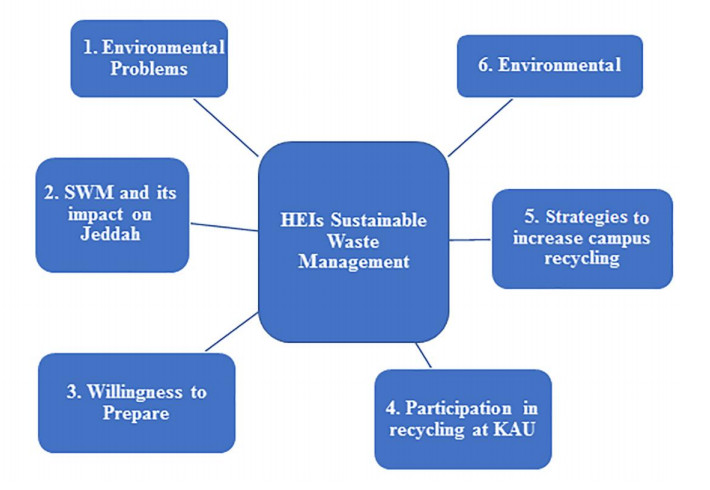









 DownLoad:
DownLoad:
